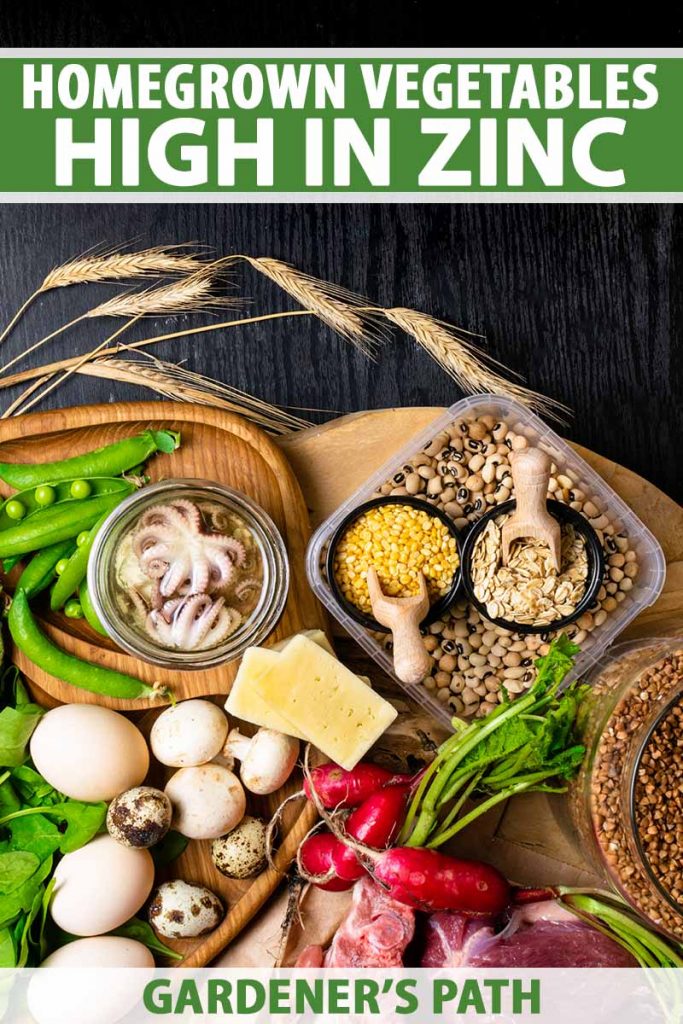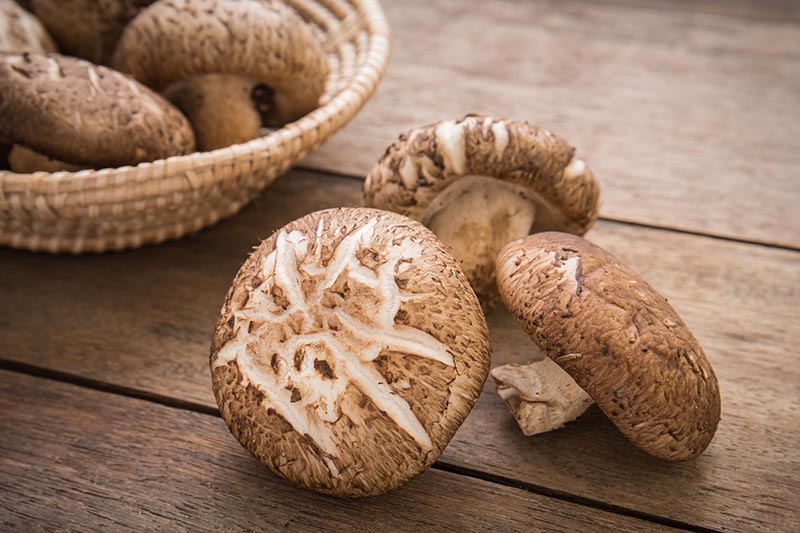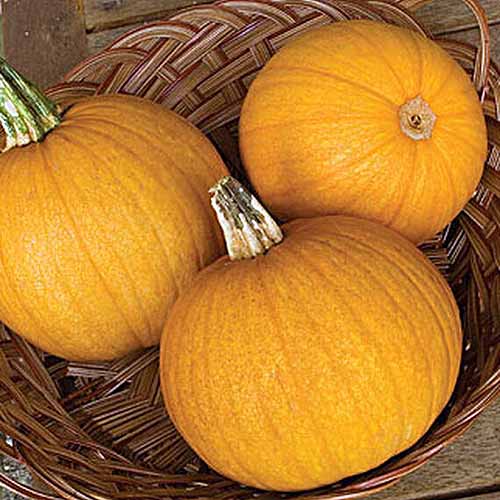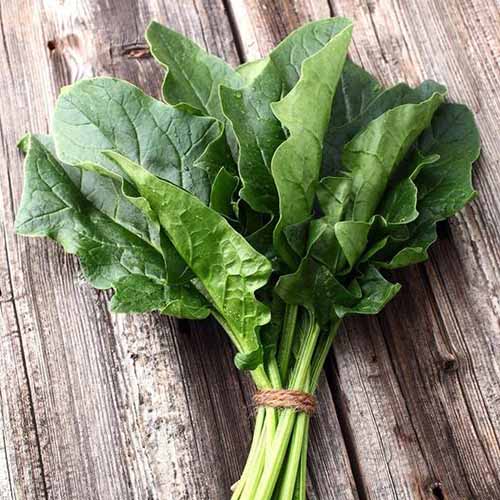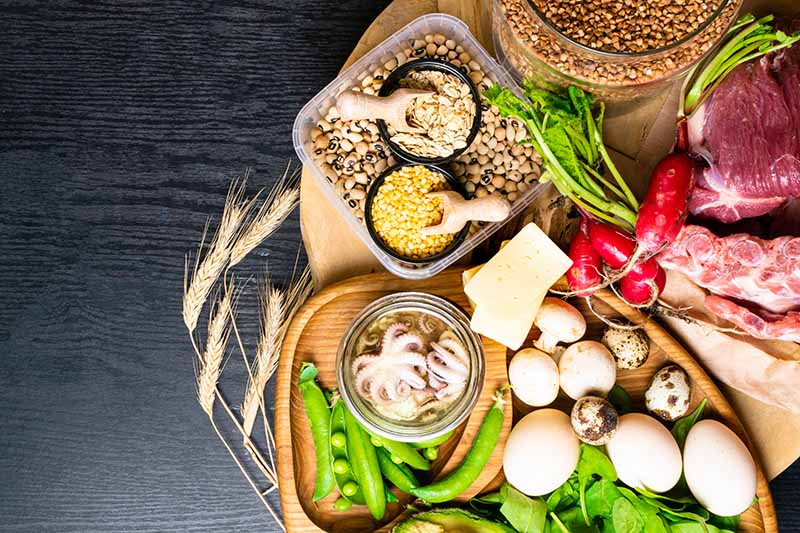This mineral may come to mind most commonly when you’re trying to fight off a cold, but what is its role in our bodies beyond immune support, and how can we get more of it from our home vegetable gardens? We link to vendors to help you find relevant products. If you buy from one of our links, we may earn a commission.
What Is Zinc?
Zinc is a mineral, a slightly brittle metal that you might find in nature, and an essential nutrient. What does this mean? Since our bodies cannot make it, and we need it for several important functions, it is essential for us to obtain it through our diets. The recommended daily allowance for healthy adult males aged 19 to 50 is 11 milligrams, or 8 milligrams for healthy adult females. Pregnant women have a slightly higher need at 11 milligrams per day.
How It Functions
Our bodies cannot store zinc, so hitting the required level daily is important. It helps to support our immune systems, and aids in wound healing, DNA synthesis, protein synthesis, and cell division. It also helps with growth and development, especially during pregnancy, childhood, and adolescence. Additionally, it plays a role in maintaining skin integrity and our sense of taste and smell. Some individuals may take zinc supplements or other products that are high in zinc at the start of a cold. While the effectiveness of this has not been proven definitively, it may help to reduce the length and intensity of a cold if taken at the very first sign of symptoms. Zinc does this by binding with the cold virus before it attaches to our cells.
Supplements can help with fighting colds or addressing deficiencies, but food sources will do the trick for the average healthy individual. The main sources of zinc in many people’s diets are meat and poultry, and shellfish serves as a top source as well, but fresh vegetables, nuts, seeds, legumes, and even fungi can provide a significant amount of this mineral. These sources are especially important for those following a vegetarian or vegan diet.
Homegrown Sources of Zinc
Plant-based sources include whole grains, legumes, some seeds, fungi, and certain veggies. Grains and legumes contain phytates. These are compounds that, when combined with zinc, decrease its bioavailability. This means it is more difficult for the body to absorb. Here are my top homegrown sources of zinc, listed from highest to lowest amount per serving:
1. Pumpkin Seeds
A one-ounce serving of pumpkin seeds offers 2.2 milligrams of zinc, over 25 percent of the daily value for men, and 20 percent for women. You can learn more about the health benefits of pumpkin seeds here. When it comes to selecting a type of pumpkin to grow, I personally like the classic ‘Jack-O-Lantern.’
‘Jack-O-Lantern’ Pumpkin It is a great choice for both carving and cooking, and provides plenty of seeds that you can scoop and save for snacking. Seeds to grow your own are available from Burpee. And you can learn how to grow pumpkins in our guide.
2. Shiitake Mushrooms
Many types of mushrooms contain some amount of the mineral, but the shiitake variety is on the higher end. One half cup of cooked, diced mushrooms will provide 1 milligram of zinc. Growing your own mushrooms is a fitting option if they are a regular part of your diet, or to get kids excited about eating fungi. Shiitake Mushrooms Purchasing a starter kit gives you everything you need to get going.
3. Spinach
This leafy green is a powerhouse of nutrition, and it contains a plethora of vitamins and minerals. One half cup of cooked spinach offers 0.7 milligrams of zinc. If you’re choosing raw spinach to make a salad or add to a sandwich, you will need a much larger volume to get the same mineral payout. Spinach condenses significantly when it’s cooked.
‘Bloomsdale Long Standing’ Spinach When choosing a variety to grow in your garden, I like ‘Bloomsdale Long Standing.’ It yields large, dark green leaves that are full of flavor. Seeds are available in a variety of packet sizes from Eden Brothers. Don’t forget to read our growing guide for the best spinach harvests!
4. Peas
Sweet green peas were a dinnertime staple at my house growing up. A half cup gives us 0.5 milligrams of the mighty mineral, a helpful contribution to your daily total. Growing your own peas can be super simple. If you love a sweeter flavor, or maybe if you have some picky eaters in these house, try growing these ‘Garden Sweet’ peas.
‘Garden Sweet’ Peas They taste more sugary than other peas, but still contain all of those precious nutrients. Seeds are available from Burpee.
Mineral Magic
Sources of this vital nutrient can be found all throughout the garden, and growing your own vegetables and fruits can be one of the most cost effective and rewarding ways to obtain your necessary vitamins and minerals.
Let me know how you will be adding these veggie sources of zinc to your garden in the comments below. And feel free to share your tips! If you’re interested in learning more about the nutrients in homegrown vegetables, take a look at these articles next:
What Vegetables Are High in Iron? Which Vegetables Are the Best Sources of Calcium? Get Your Daily Dose of B Vitamins with These Homegrown Vegetables
© Ask the Experts, LLC. ALL RIGHTS RESERVED. See our TOS for more details. Product photos via 2Funguys, Burpee, and Eden Brothers. Uncredited photos: Shutterstock. With additional writing and editing by Allison Sidhu. The contents of this article have been reviewed and verified by a registered dietitian for informational purposes only. This article should not be construed as personalized or professional medical advice. Gardener’s Path and Ask the Experts, LLC assume no liability for the use or misuse of the material presented above. Always consult with a medical professional before changing your diet, or using supplements or manufactured or natural medications.
